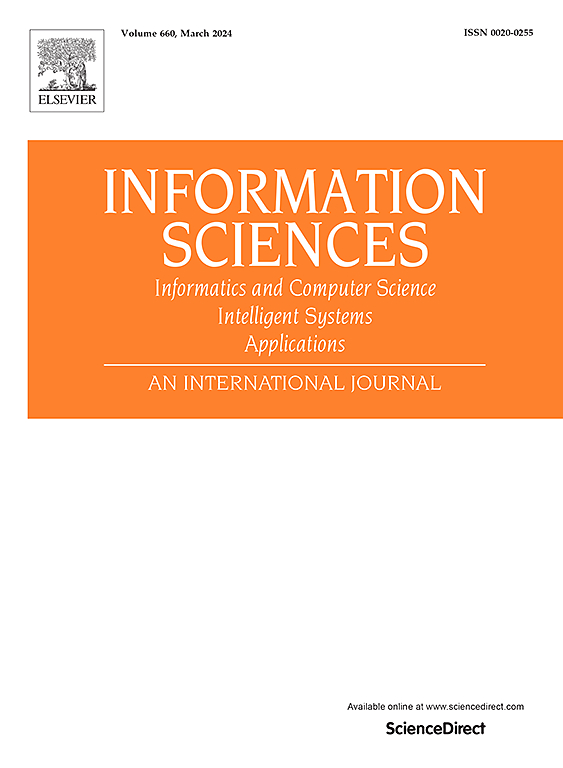PCG-CAM: Enhanced class activation map using principal components of gradients and its applications in brain MRI
IF 8.1
1区 计算机科学
0 COMPUTER SCIENCE, INFORMATION SYSTEMS
引用次数: 0
Abstract
Brain tumors are among the most prevalent and deadly diseases worldwide, making early diagnosis critical. However, existing automated brain tumor diagnostic methods often lack interpretability, and the high cost of labeled data limits their effectiveness. Class activation mapping (CAM) provides visual explanations and object localization for convolutional neural networks (CNNs) by highlighting regions of interest corresponding to specific classes. However, existing approaches tend to focus solely on discriminative regions and often contain excessive noise. In this paper, we propose a simpler and more efficient method called PCG-CAM, which provides visual explanations for brain tumor diagnosis and generates fine-grained pseudo-labels. PCG-CAM extracts the principal components of gradients and uses their absolute values as weights for the feature maps, thereby better reflecting the importance of each feature map while preserving more object features. We evaluated the saliency maps generated by PCG-CAM on weakly-supervised brain tumor segmentation and assessed their generalizability in object localization tasks. Specifically, our method achieves 47.42% mIoU in weakly-supervised brain tumor segmentation, outperforming other methods by nearly 10% on average. The results on brain MRI and natural images demonstrate that our method effectively localizes target positions and provides robust explanations for model decisions.
求助全文
约1分钟内获得全文
求助全文
来源期刊

Information Sciences
工程技术-计算机:信息系统
CiteScore
14.00
自引率
17.30%
发文量
1322
审稿时长
10.4 months
期刊介绍:
Informatics and Computer Science Intelligent Systems Applications is an esteemed international journal that focuses on publishing original and creative research findings in the field of information sciences. We also feature a limited number of timely tutorial and surveying contributions.
Our journal aims to cater to a diverse audience, including researchers, developers, managers, strategic planners, graduate students, and anyone interested in staying up-to-date with cutting-edge research in information science, knowledge engineering, and intelligent systems. While readers are expected to share a common interest in information science, they come from varying backgrounds such as engineering, mathematics, statistics, physics, computer science, cell biology, molecular biology, management science, cognitive science, neurobiology, behavioral sciences, and biochemistry.
 求助内容:
求助内容: 应助结果提醒方式:
应助结果提醒方式:


